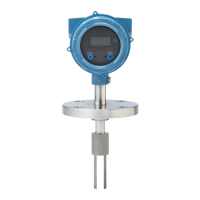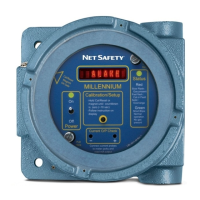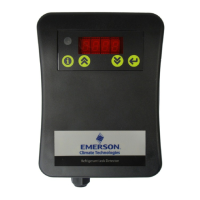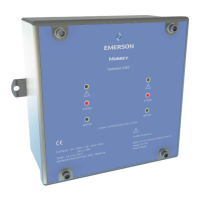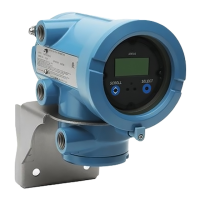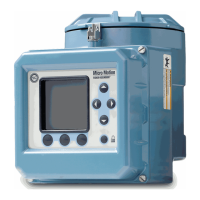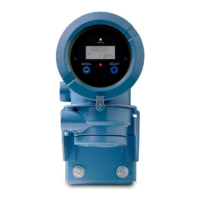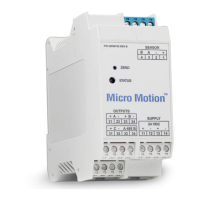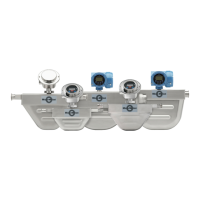10.17 Check Lower Range Value and Upper Range Value
If the process variable assigned to the mA output falls below the configured Lower Range
Value (LRV) or rises above the configured Upper Range Value (URV), the meter will post a
saturation alert (A100 or A113), then perform the configured fault action.
1. Record your current process conditions.
2. Check the configuration of the LRV and URV.
Related information
Configure Lower Range Value (LRV) and Upper Range Value (URV)
10.18 Check mA Output Fault Action
mA Output Fault Action controls the behavior of the mA output if the transmitter encounters
an internal fault condition. If the mA output is reporting a constant value below 4 mA or
above 20 mA, the transmitter may be in a fault condition.
1. Check the status alerts for active fault conditions.
2. If there are active fault conditions, the transmitter is performing correctly. If you
want to change its behavior, consider the following options:
• Change the setting of mA Output Fault Action.
• For the relevant status alerts, change the setting of Alert Severity to Ignore.
Restriction
For some status alerts, Alert Severity is not configurable.
3. If there are no active fault conditions, continue troubleshooting.
Related information
Configure mA Output Fault Action and mA Output Fault Level
10.19 Check for radio frequency interference (RFI)
The meter's TPS output or discrete output can be affected by radio frequency interference
(RFI). Possible sources of RFI include a source of radio emissions, or a large transformer,
pump, or motor that can generate a strong electromagnetic field. Several methods to
reduce RFI are available. Use one or more of the following suggestions, as appropriate to
your installation.
Procedure
• Use shielded cable between the output and the receiving device.
- Terminate the shielding at the receiving device. If this is impossible, terminate
the shielding at the cable gland or conduit fitting.
Troubleshooting
Configuration and Use Manual 155
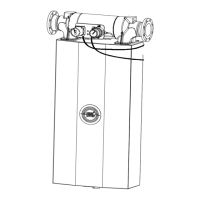
